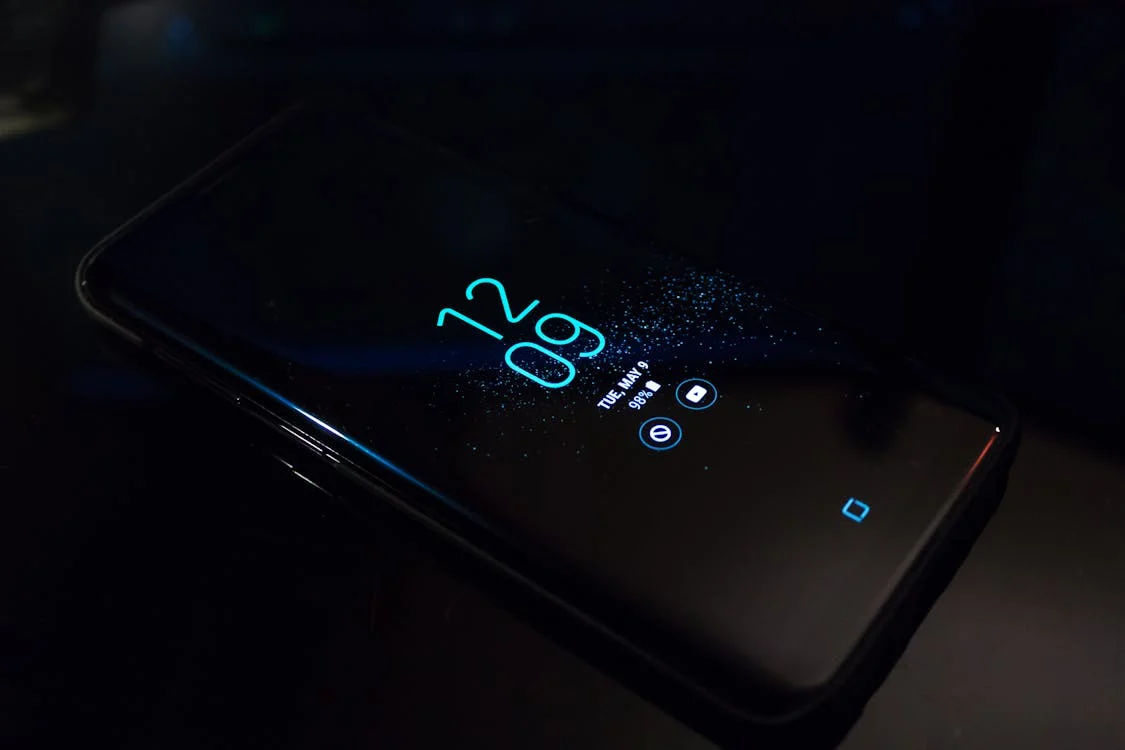The Need for Precision-Based Laser Cutting in Smartphone Manufacturing

When it comes to smartphone manufacturing, precision is not just a desirable quality but an absolute necessity. Among the several processes involved in crafting these phones, laser cutting emerges as a pivotal technique ensuring accuracy and finesse.
According to Statista, by this year, it’s estimated that the global revenue in the smartphone market will soar to an impressive $0.5 trillion. In this competitive market, customers want precision in every aspect of their smartphone. Under such circumstances, from shaping intricate components to carving out precise patterns, laser cutting has become indispensable in the production of smartphones.
In this article, we delve into some of the most critical needs for precision-based laser cutting in smartphone manufacturing.
Miniaturization Demands
The relentless pursuit of sleeker designs and compact form factors defines the contemporary smartphone market. According to Wafer World, smartphones these days are very thin, with the thinnest ones being around 7mm. As consumers crave slimmer devices with larger screens, manufacturers are tasked with cramming an ever-expanding array of components into increasingly confined spaces.
Precision laser cutting plays a pivotal role in this endeavor. Thanks to the use of industrial lasers and precise laser manufacturing, manufacturers can accurately sculpt intricate parts with microscopic tolerances.
From trimming circuit boards to fashioning intricate housing structures, laser cutting ensures that every component fits seamlessly into the compact confines of modern smartphones.
Intricate Component Fabrication
Smartphones comprise a multitude of intricate components, from delicate sensors to intricate antennas. The production of these components demands a level of precision that traditional manufacturing methods struggle to achieve.
Take the phone’s printed circuit board (PCB) as an example. According to Mobile Cell Phone Repairing, this one board has several minute parts like capacitors, transistors, coils, regulators, etc. Laser cutting, with its ability to etch, slice, and shape with unparalleled accuracy, emerges as the method of choice for crafting these intricate parts.
Whether it’s cutting precise patterns on flexible circuit boards or sculpting intricate camera modules, laser technology can do it all. Recent advances in laser processing of materials enable manufacturers to produce components with the exact specifications demanded by modern smartphones.
Rapid Prototyping and Iteration
The ability to rapidly prototype and iterate designs can mean the difference between seizing market opportunities and falling behind the competition.
Smartphone manufacturers always look for the best laser processing solutions for this purpose. Laser technology eliminates the need for costly tooling and lengthy setup times associated with traditional machining. A high-quality industrial laser alone is enough to change the prototyping scene. It empowers manufacturers with the agility to swiftly translate design concepts into physical prototypes.
This acceleration of the design iteration cycle allows manufacturers to fine-tune product designs with unprecedented speed and precision. Also, according to Novanta Photonics, as the laser beams in the cutting process can be controlled with utmost precision, there’s less chance of mistakes. Thus, despite the speedy prototyping process through laser cutting, the final prototypes manage to maintain high accuracy in terms of design and features.
Material Versatility
The diverse array of materials utilized in smartphone manufacturing, ranging from metals to polymers, presents a formidable challenge for traditional machining techniques. Laser cutting transcends these limitations by offering unparalleled versatility across a broad spectrum of materials.
Whether it’s slicing through tempered glass for display panels or perforating metal casings for ventilation, laser technology adapts to the properties of each material. This versatility not only streamlines the manufacturing process but also ensures consistency and precision across different components, irrespective of their composition.
Enhanced Efficiency and Cost-Effectiveness
Traditional manufacturing methods often entail significant material wastage and labor-intensive processes, driving up production costs and compromising efficiency. Laser cutting revolutionizes this paradigm by offering a highly efficient and cost-effective alternative.
By leveraging computer-controlled precision, laser technology minimizes material wastage and maximizes production yield, thereby reducing manufacturing costs and enhancing overall efficiency. Furthermore, the automation capabilities inherent in laser-cutting systems streamline production workflows, further optimizing resource utilization and driving down operational expenses.
Frequently Asked Questions (FAQs)
What is laser material processing?
Laser material processing refers to the utilization of laser technology to modify or alter the properties of materials. This can include cutting, welding, engraving, or surface modification, offering precise and efficient methods for various industrial applications.
What is the process of laser cutting?
Laser cutting involves focusing a high-powered laser beam onto a material, causing it to melt, burn, or vaporize along a predetermined path. Computer numerical control (CNC) systems and dedicated laser software guide the beam, ensuring precise and intricate cuts according to programmed designs.
Why is a laser cutter an efficient method of manufacturing?
A laser cutter is efficient because it offers high precision and versatility in cutting various materials, including metals, plastics, and wood. Additionally, it enables rapid production cycles, reduces material waste, and requires minimal setup time compared to traditional methods.
In conclusion, precision-based laser cutting stands as a vital part of smartphone manufacturing. It enables manufacturers to meet the exacting demands of modern consumers with unparalleled accuracy, efficiency, and innovation.
From miniaturization challenges to material versatility and rapid prototyping, laser technology addresses several needs inherent in the production of smartphones. As the smartphone industry continues to evolve, the role of laser cutting in shaping the devices of tomorrow is set to become more indispensable.
